Good lighting is also good business
Warehouse lighting fixtures are high bay or low bay lighting systems that provide ambient lighting and task visibility in commercial and industrial storage facilities. Warehouses are designed to provide a proper environment for the purpose of storing goods, materials and equipment that require protection from the outdoor elements and may offer value-added services like product mixing, light assembly, order fulfillment, cross docking, packaging, etc. Warehouse operations are at the heart of a business.
Warehouse lighting design is a critical factor in maximizing productivity and reducing errors and accidents at any facility. An environment that allows to move goods and materials with speed and efficiency through a storage area while keeping workers safe in the process calls for a lighting solution that supports visual performance and comfort. At the same time, warehouse lighting is challenged to minimize expense and disruption in an environment that has high, hard-to-reach ceilings and expansive spaces, and may require the lighting fixtures to survive hot or cold temperatures, abnormal atmospheric conditions, and long operating hours.
Types of warehouses
Warehouses, and their various cousins such as distribution centers, are very diverse in application. Warehouses may be categorized by type, which is defined by building characteristics (building design, ceiling height, loading capabilities, etc.). The most common types of warehousing facilities include regional warehouses, bulk warehouses, heavy distribution warehouses, refrigerated distribution facilities, and rack supported facilities.
Regional warehouses, which are also known as local warehouses or office warehouses, generally do not exceed 100,000 square feet in size. These facilities lack manufacturing attributes and their primary function is to store goods. Bulk warehouses are large storage facilities that accommodate large amounts of goods and materials for varying lengths of time, ranging from extensive storage to almost immediate distribution. These facilities come with a minimum size of 100,000 square feet and their maximum size can exceed 1,000,000 square feet. Ceiling heights in bulk warehouses generally exceed 20 feet and often approach 30 feet in new buildings. The manufacturing space occupies a small percentage of the building’s overall size, which rarely exceeds 10 percent.
Heavy distribution buildings or distribution centers share certain characteristics with bulk warehouses but are conducive to the function of distribution, rather than storage. These buildings have ceilings reaching or exceeding heights of 30 feet and a minimum square footage of 100,000 square feet. Both bulk warehouses and heavy distribution buildings may utilize (mobile or fixed) racking.
Refrigerated distribution buildings are controlled atmosphere facilities equipped with cold storage chambers (coolers) that store products at temperatures above 0 °C (32 °F) and frozen storage chambers (freezers) that store products at temperatures under 0 °C (32° F). Rack supported buildings offer the highest possible space efficiency due to the use of high rise racking that encompasses the entire space. These facilities have fully automated transport and retrieval systems that allow storage levels rising to over 100 feet.
The drawbacks to using HID lighting fixtures
With energy and labor costs on the rise, maintaining tight control of operating expenses is a fundamental part of warehouse management. Spanning huge areas and operating on a 24/7 schedule, warehouses are energy intensive buildings. Every bit of savings can add up and help the bottom line. An inefficient facility eats away at the bottom line of a business and makes it at a competitive disadvantage.
Traditional high bay and low bay lighting which uses HID and fluorescent lighting technologies is a drain on your resources. The farewell to these technologies is not simply driven by their source inefficiency, but can largely be attributed to the poor behavior of other components in the lighting application efficiency (LAE) framework and the expensive lighting maintenance associated with the use of HID and fluorescent fixtures. The omni-directional output of HID and fluorescent lamps makes it difficult to efficiently redirect the emitted light into a more useful distribution. The moderate efficiency of HID and fluorescent lamps is immediately discounted by around 30% when they are installed in fixtures.
Conventional lighting solutions are vulnerable to high frequency switching and not compatible with advanced sensors and wireless controls. Reduced lifespan as a result of constant switching operation and poor dimming performance of HID and fluorescent lamps forces facility managers into a dilemma as to whether to leave these lights on round-the-clock to maximize the lifespan or to reduce energy use by turning them off when there’s no presence of traffic or activities. A number of other concerns are related to traditional warehouse lighting. The use of glass enclosures makes these lamps fragile to mechanical shocks or vibrations. The envelope failure (bulb explosion) of metal halide lamps can even expose workers and equipment to risk. Colder temperatures usually strain fluorescent lamps, challenging them to perform in cold storage facilities.
Jump on the LED bandwagon
Warehouses are jumping on the LED bandwagon to reap the benefits of solid state lighting. With a light source efficacy as high as 200+ lm/W, a complete technology switch to LEDs can cut the energy use in more than a half. The ability to convert electrical power to optical power through electroluminescence in a compact semiconductor package makes it possible to holistically optimize all LAE factors for energy savings beyond just improvements to light source efficiency.
Efficient delivery and effective distribution of light emitted by the directional LEDs can be much more easily accomplished than for traditional light sources. Optical efficiency, the ratio of the light emitted by a luminaire to the light emitted by its source, is a major performance marker in luminaire design. Using precision engineered package-level secondary optics enables LED luminaires to deliver an optical efficiency exceeding 90%, while simultaneously providing high uniformity of light distribution that is crucial to the performance and safety of facility users.
LEDs have instant on, instant restrike and full range dimming capabilities, which provide the flexibility to deliver light on demand through dimming, occupancy control, daylight harvesting and/or time control. Building networking and software-based intelligence into LED luminaires can amplify the energy-efficiency benefits of LED lighting. The convergence of solid-state lighting with the Internet of Things (IoT) not only enables improved lighting control, but also facilitates an unprecedented exchange of data among lighting and other building management systems.
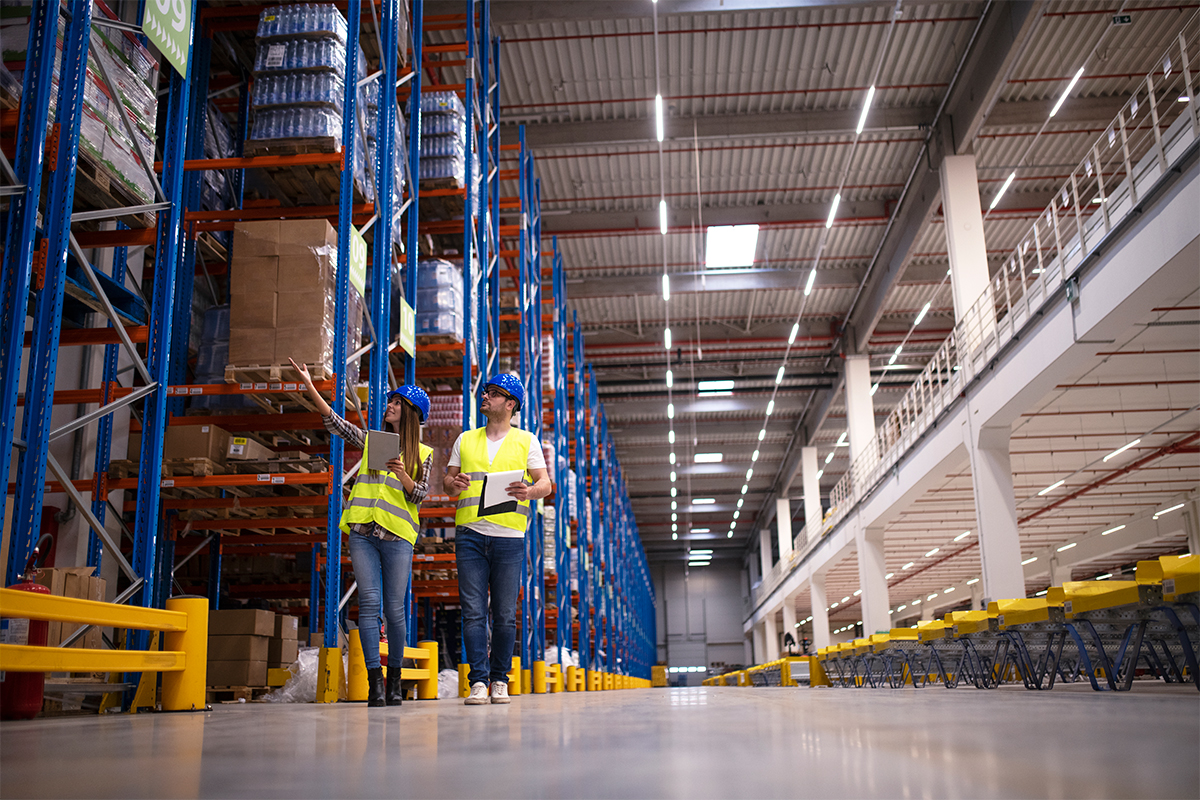
Typical specifications
The wide variation in building layout and ceiling height leads to a proliferation of warehouse lighting fixtures created to be compatible and integrate with specific warehousing environments. Clear heights of new distribution centers and warehouses connected to production facilities have risen steadily over the years from 24, 28, 32 feet, and lately, 36 feet due to the increasing demand for more cubic capacity for stacking and racking. Therefore industrial and commercial warehouse lighting fixtures typically fall into the category of high bay lights which are designed for installation in buildings with clear heights of more than 6.1 m (20 ft).
High bay LED lights come in linear, round, square and rectangular configurations. The selection of the fixture configuration is primarily governed by the light distribution requirement. These luminaires operate at up to 500 watts of electrical power and produce up to 80,000 lumens of white light with a correlated color temperature (CCT) of 4000K to 5500K. In general, the color quality of the light source is not a priority in warehouse lighting design. It’s often the luminous efficacy and thermal performance that rule light source selection. There is a fundamental tradeoff between the color rendering and luminous efficacy for a light source due to the Stokes losses from phosphor downconversion.
The color rendering index (CRI) of the LEDs usually falls in the 80s, which is on the middle end of what is acceptable for warehouse lighting applications. This level of color fidelity can meet the color discrimination requirement for warehouse lighting in most cases. A decent color rendition and a high color temperature, which indicates a light spectrum rich in blue wavelength energy, spectrally contribute to visual acuity that is important for object recondition when fulfilling detail-oriented tasks.
Thermal management
Notwithstanding the impressive improvement in energy efficiency over traditional light sources LEDs at present convert less than 50% of supplied power into light and dissipate the rest into heat. The thermal energy is deposited in the LED package through conduction as opposed to thermal radiation as seen in incandescent sources. To maintain the critical junction temperature below a set limit at all times and in all operating conditions, the waste heat generated at the LED junction must be transferred to the ambient air via thermal conduction and convection through all the elements that make up the thermal path.
Localized overheating as a consequence of inadequate thermal management will accelerate degradation of the chip and packaging materials, resulting in lumen depreciation and shortened useful life. Thermal management is therefore one of the most important aspects of LED system design. Effective thermal management necessitates a holistic approach which involves drive current regulation, improving heat dissipating capacity of the thermal path, and the use of thermally stable LEDs and electrical components.
Many high bay LED lights use mid-power LEDs built on the PLCC platform to deliver high efficacy lighting at a lower system cost. However, when these LEDs are installed in a luminaire tighter junction temperature control is needed in order to achieve a reliability comparable to that of ceramic-based high power LEDs. Failure to implement an effective thermal management strategy will result in fast efficacy degradation and a significantly shorter lifespan, as the plastic housings of mid-power packages will discolor under high thermal stresses. Despite a higher upfront cost and lower initial efficacy when compared to the plastic LED packages, high power LEDs are more robust in resistance to thermal and photo degradation. In harsh operating conditions or high power density systems their high reliability often translates to a higher return on investment. The ability of an LED thermal management system to handle the thermal load is highly dependent on the heat sink. For a passive heat sink to perform to its full capacity, the heat sink should be constructed of a high thermal conductivity material, such as die cast, cold-forged or extruded aluminum, and provides a sufficiently large surface area to facilitate heat spreading between the LED board and heat sink surface and improve convective transfer to the ambient air.
Driver and control circuitry
The LED driver is a vital component of an LED warehouse light since the visual consistency of light output (flicker-free lighting), dimming control, and the protection of LEDs from electrical abuses are determined by the driver’s ability to regulate the power to the LEDs. A typical LED driver rectifies commercial AC power into DC power which is then pre-regulated through power factor correction (PFC). The PF corrected DC power is converted into a predetermined magnitude of DC power through a switch mode power supply (SMPS).
The LED driver must be designed to deliver high power conversion efficiency, minimize current ripple, allow the connected LEDs to be smoothly dimmed, protect the LEDs from electrical overstress (EOS), ensure PF, THD and EMI compliance, and operate reliably under wide temperature and electrical ranges. LED drivers often work in conjunction with sensing devices to provide the luminaires the ability to identify occupancy, ambient light or other environmental attributes and tailor the delivery of light according to pre-defined software rules.
Dimmable LED drivers are configured to accept control input through an interface which is typically 0–10V DC. As lighting is becoming part of a connected world, the practice of LED drivers to incorporate the ability to interpret digital control protocols such as digital addressable lighting interface (DALI), Bluetooth mesh, ZigBee and Z-Wave is becoming ever more established.
Optical design
A good optical design can improve optical delivery efficiency, maximize fixture spacing, support visual performance, and enhance visual comfort. The emphasis of optical design for warehouse lighting systems is typically placed on precise delivery and uniform distribution of light to intended area with minimal optical loss.
While uniform horizontal illuminance is always a minimum requirement in high bay and low bay lighting applications, the importance of vertical illuminance should not be ignored. In storage areas with rack systems, it is a critical need to provide high vertical illuminance for the rapid identification of shelving content. An effort should be made to illuminate all visual tasks that occur in a vertical plane, with high uniformity of illuminance from top to bottom and along the entire length of storage aisles.
Control of light distribution from high bay and low bay LED luminaires is achieved with secondary optics such as diffusers, lenses, reflectors and refractors. It’s a usual choice to use compound or freeform lenses to regulate luminous flux from the light source. These lenses are installed to transform the radiation patterns of individual LEDs and produce precisely controllable light distributions.

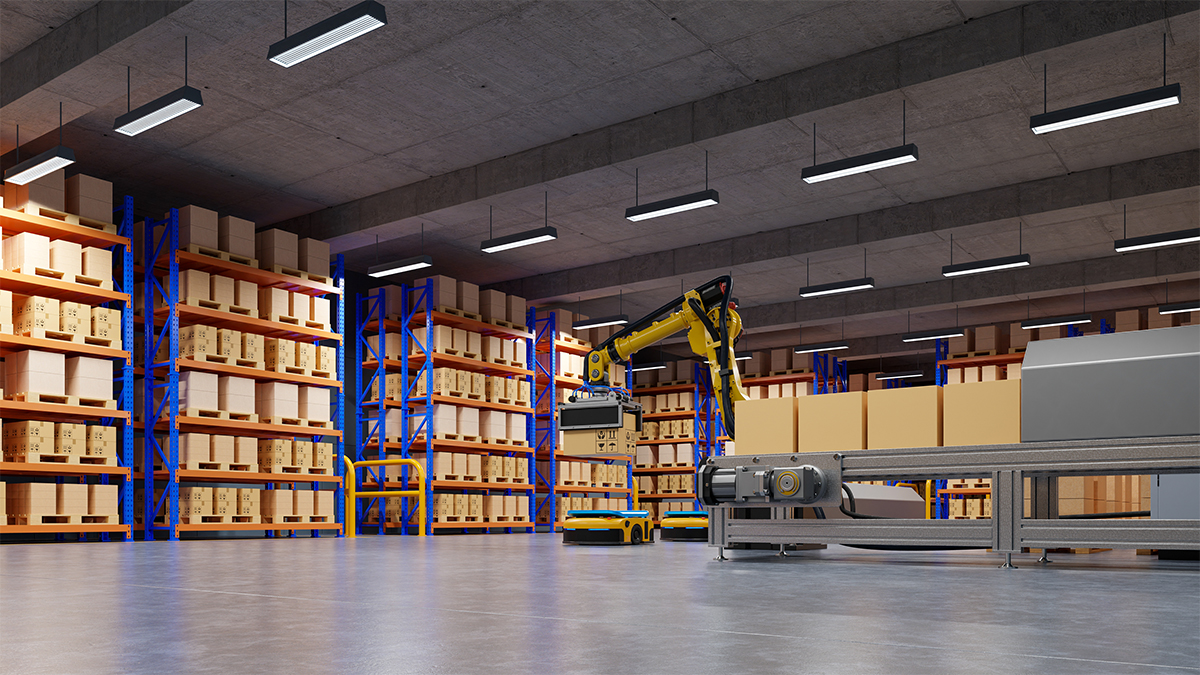
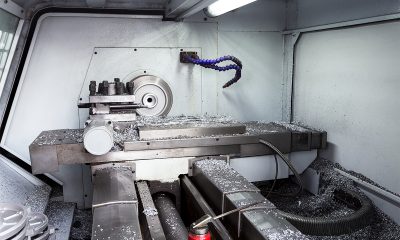
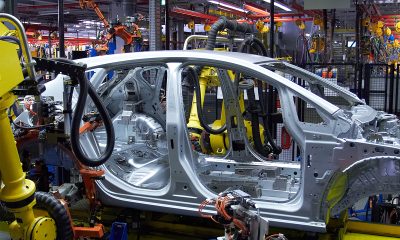
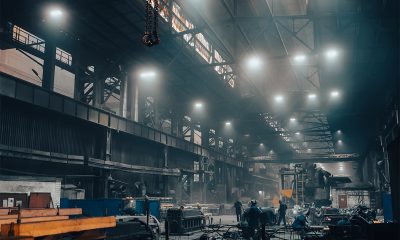
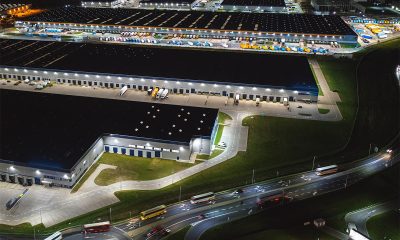

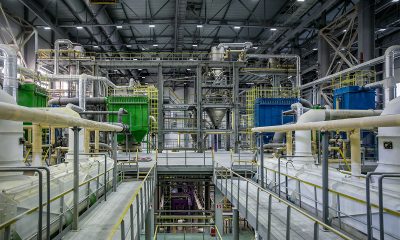
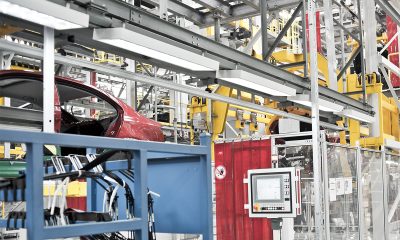
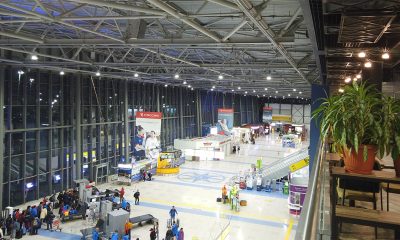
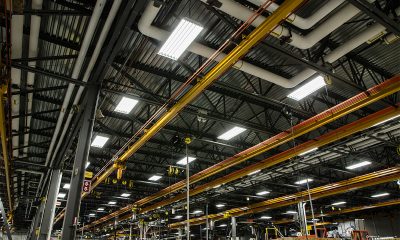
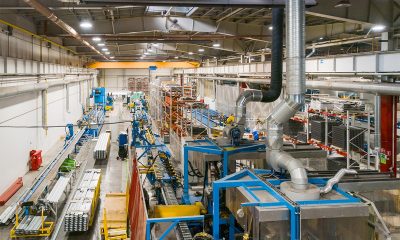
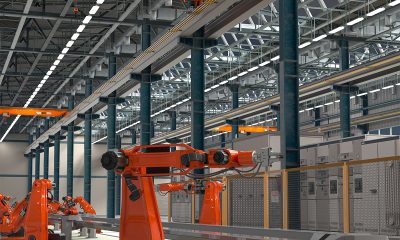
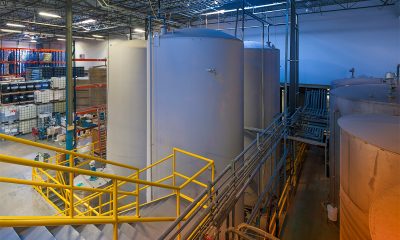





Loading...